Karri Tree
- November 28, 2023
- 0 comment
The Karri tree (Eucalyptus diversicolor) is a magnificent species native to the southwestern regions of Western Australia. Revered for its towering height and stunning aesthetic, the Karri tree is one of the tallest hardwood trees in the world, reaching heights of up to 90 meters. Its smooth, pale bark sheds in long, vertical strips, revealing a striking white trunk beneath.
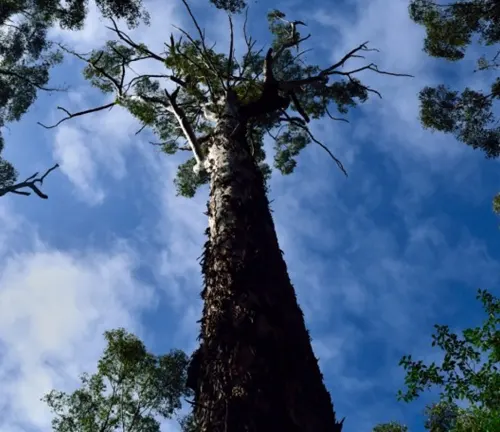
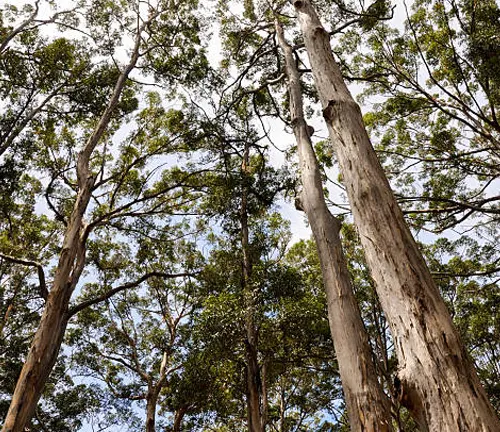
The leaves are lance-shaped and emit a distinct eucalyptus fragrance. Renowned for its commercial significance, the Karri tree yields high-quality timber that is durable, termite-resistant, and prized for its versatility in construction. Beyond its economic value, the Karri tree plays a crucial ecological role in its native habitat, providing habitat for diverse wildlife and contributing to the unique biodiversity of the southwestern Australian forests.
With its commanding presence and ecological importance, the Karri tree stands as a symbol of the natural wonders found in the biodiverse landscapes of Western Australia.
| Attribute | Details |
|---|---|
| Scientific Name | Eucalyptus diversicolor |
| Common Name | Karri tree |
| Location | Native to southwestern regions of Western Australia |
| Height | Up to 90 meters |
| Bark | Smooth, sheds in long, vertical strips |
| Trunk Color | Striking white |
| Leaves | Lance-shaped, aromatic eucalyptus fragrance |
| Timber Qualities | High-quality, durable, termite-resistant |
| Commercial Use | Valued for construction and timber industries |
| Ecological Role | Provides habitat for diverse wildlife |
| Biodiversity | Contributes to the unique biodiversity of southwestern Australian forests |
Botanical Beauty of Karri Tree
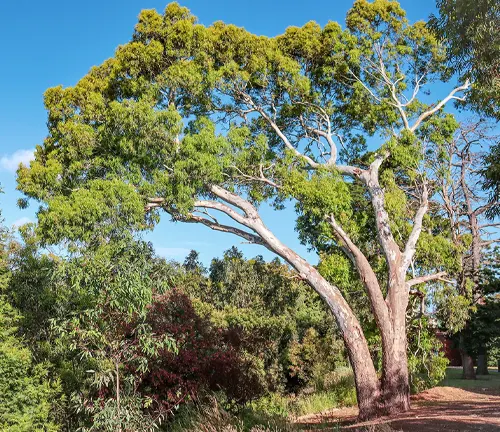
The Karri tree (Eucalyptus diversicolor) stands as a botanical marvel, gracing the southwestern regions of Western Australia with its majestic presence. Towering up to 90 meters in height, this hardwood giant boasts a smooth, pale bark that gracefully sheds in long, vertical strips, revealing a stunning white trunk beneath. The lance-shaped leaves emit a distinct eucalyptus fragrance, adding to the allure of this natural beauty. The Karri tree’s botanical charm captivates all who encounter it, making it a symbol of the region’s unique flora.
Woodland Elegance
Beyond its botanical allure, the Karri tree is celebrated for its woodland elegance. The timber harvested from these trees is of exceptional quality, known for its durability and resistance to termites. This makes it a prized resource in the construction industry, where the wood is utilized for various applications. The towering Karri trees contribute not only to the forest canopy but also to the architectural landscape, adding a touch of natural elegance to man-made structures.

Ecological Importance
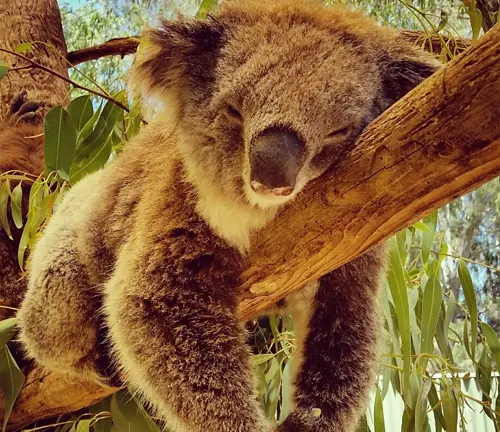
The Karri tree plays a pivotal role in the ecological tapestry of Western Australia. Its towering height provides a haven for diverse wildlife, creating habitats for various species. The presence of Karri trees contributes significantly to the biodiversity of the southwestern Australian forests, forming a vital link in the intricate web of life in the region. Preserving these trees is essential for maintaining the delicate balance of the ecosystem.
Cultivation and Conservation
Efforts to cultivate and conserve the Karri tree are essential to ensure the longevity of this remarkable species. While it flourishes in its native habitat, conservation initiatives aim to protect and propagate the Karri tree to safeguard its genetic diversity. Cultivation efforts not only support ecological balance but also contribute to sustainable timber harvesting practices, ensuring the continued availability of this valuable resource.
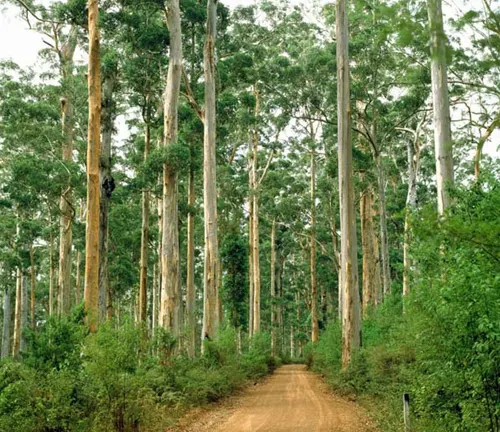
Fragrance
One cannot discuss the Karri tree without acknowledging its distinctive fragrance. The lance-shaped leaves emit a pleasant eucalyptus scent, creating a sensory experience for those wandering through Karri-dominated landscapes. This aromatic quality adds to the overall appeal of the tree, making it a sensory delight for nature enthusiasts and hikers alike.
Soil Stabilization
Beyond its visual and olfactory appeal, the Karri tree plays a crucial role in soil stabilization. The extensive root system of these giants helps prevent soil erosion, especially in the sloping terrains where they often thrive. This natural stabilizing effect contributes to the overall health of the ecosystem, maintaining the integrity of the landscape.
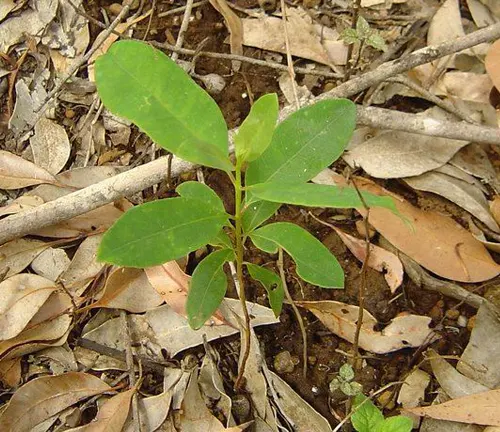
Common Uses
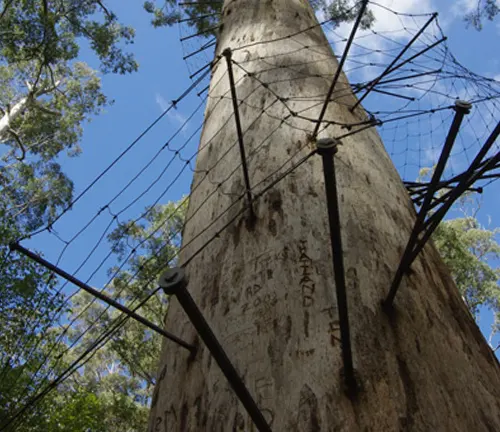
The Karri tree’s timber is a sought-after resource in various industries. Its high-quality wood, resistant to termites and decay, finds applications in construction, furniture making, and even boat building. The versatility of Karri timber positions it as a valuable asset, supporting both local economies and international trade.
Benefits
The benefits of the Karri tree extend beyond its commercial uses. As a native species, it plays a role in carbon sequestration, helping mitigate the impacts of climate change. Its ecological contributions, from providing habitats to stabilizing soil, showcase the myriad benefits that extend far beyond its aesthetic and economic value. Recognizing and preserving these benefits is crucial for the sustainability of both the species and the ecosystems it inhabits.
Different Species
Eucalyptus marginata
(Jarrah)
While not specifically a Karri tree, Jarrah is another notable eucalypt species found in Western Australia. It is known for its durable timber and is often found in association with Karri trees in the southwest Australian forests.


Eucalyptus jacksonii
(Red Tingle)
Found in the southern forests of Western Australia, the Red Tingle is known for its distinctive buttressed trunk and large, gnarled appearance. It is part of the eucalypt group in the region but is a distinct species.
Eucalyptus regnans
(Mountain Ash)
Native to southeastern Australia, the Mountain Ash is another towering eucalypt species. It is known for being one of the tallest flowering plants in the world and is primarily found in the mountainous regions of Victoria and Tasmania.

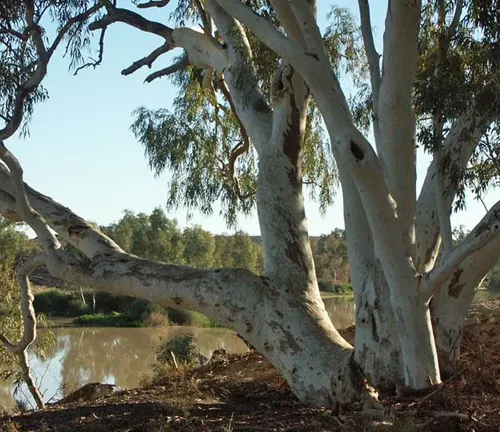
Eucalyptus camaldulensis
(River Red Gum)
This eucalypt species is widespread across Australia and is commonly found along riverbanks. It is known for its distinctive smooth bark and can reach impressive heights.
Frequently Asked Questions (FAQs)
1. What is the Karri tree?
The Karri tree (Eucalyptus diversicolor) is a tall hardwood species native to the southwestern regions of Western Australia. It is one of the tallest trees globally, reaching heights of up to 90 meters.
2. What does the Karri tree look like?
The Karri tree has smooth, pale bark that sheds in long, vertical strips, revealing a striking white trunk beneath. The leaves are lance-shaped, and the tree emits a distinct eucalyptus fragrance.
3. Where is the Karri tree found?
The Karri tree is primarily found in the southwestern regions of Western Australia, forming part of the diverse eucalypt forests in the area.
4. What is the ecological importance of the Karri tree?
The Karri tree plays a crucial ecological role by providing habitats for diverse wildlife and contributing to the overall biodiversity of the southwestern Australian forests.
5. How tall does the Karri tree grow?
The Karri tree can reach heights of up to 90 meters, making it one of the tallest hardwood trees globally.
6. What is the wood of the Karri tree used for?
The timber of the Karri tree is highly valued for its quality, durability, and resistance to termites. It is commonly used in the construction industry for various applications.
7. Are there other species related to the Karri tree?
While Eucalyptus diversicolor is the primary species referred to as the Karri tree, there are other eucalypt species in Australia, such as Jarrah (Eucalyptus marginata) and Red Tingle (Eucalyptus jacksonii), each with its own characteristics.
8. How is the Karri tree cultivated and conserved?
Efforts are made to cultivate and conserve the Karri tree through initiatives that focus on protecting its natural habitat, preserving genetic diversity, and promoting sustainable timber harvesting practices.
9. Does the Karri tree have any special fragrance?
Yes, the Karri tree leaves emit a distinct eucalyptus fragrance, adding to the sensory experience of those in its vicinity.
10. What are the benefits of the Karri tree?
The Karri tree provides various benefits, including high-quality timber for construction, ecological contributions to biodiversity and habitat preservation, and even soil stabilization due to its extensive root system.


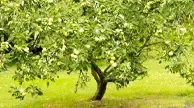

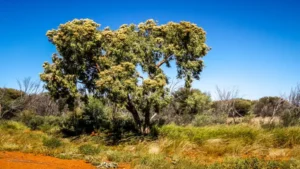
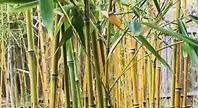
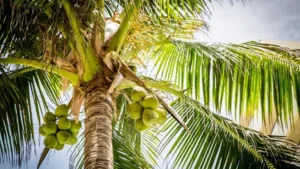



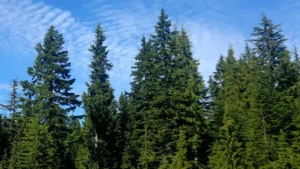

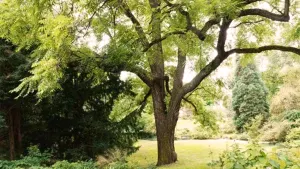
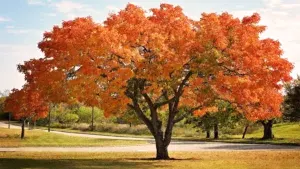
Leave your comment